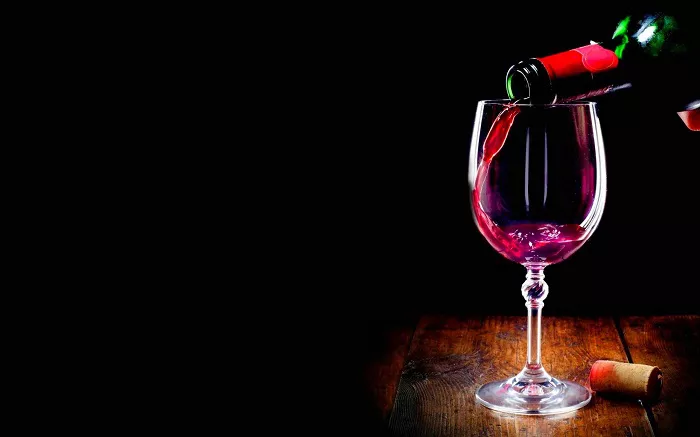The U.S. wine industry is grappling with a sharp decline in sales, as demand continues to fall across restaurants, bars, and retail outlets. According to industry data from SipSource, wine sales in the U.S. dropped approximately 6% in 2023, marking the latest chapter in a long-term downward trend. Experts are increasingly describing the situation as an “existential threat” to the industry.
While other alcoholic beverages such as beer, cider, and spirits have also seen drops in sales, the decline in wine consumption has been notably more pronounced. Larry Duke, who has run Schumer’s Wine and Liquor in Manhattan since 1978, noted, “Wines have been surging, surging, surging all these years, but the last few years they have dropped off.”
The industry’s decline follows a temporary boost during the pandemic, when COVID-related lockdowns and stay-at-home orders spiked demand for wine. However, that surge has proven short-lived. Wine industry expert Mike Veseth, author of The Wine Economist newsletter, attributes much of the ongoing decline to generational shifts in consumer behavior. “The baby boom generation embraced wine,” Veseth said, “but the generations that followed have not followed suit.”
This shift in consumption patterns is supported by a 2023 Gallup poll, which revealed that younger Americans are drinking less wine than previous generations. Additionally, a second Gallup survey in August found that over 40% of Americans now view alcohol as unhealthy. This concern was underscored by a January 3 report from the U.S. Surgeon General, which recommended cancer warning labels for alcoholic beverages.
Among younger consumers, when alcohol is consumed, premixed, ready-to-drink cocktails are increasingly popular, taking market share from traditional wine. “It’s not that they dislike wine,” said Christian Miller, research director at the Wine Market Council. “It’s that they are drinking a much wider variety of other things.”
Other factors also play a role in the industry’s troubles. The legalization of marijuana in many states has further eroded demand for wine. Gary Decker, owner of Vinomania in Syracuse, New York, remarked, “Pot is taking a big chunk out of it because it’s just another part of the party puzzle.”
Nonalcoholic beverages are also growing in popularity. Industry data shows a rise in sales of nonalcoholic beers and spirits, which appeal not only to health-conscious consumers but also to businesses looking to offer alternatives for customers who have had too much to drink. “Retailers love them,” said Bump Williams, a longtime consultant in the alcoholic beverage industry. “They can serve a nonalcoholic mixed cocktail and still make money, unlike offering water to a customer who’s had too much.”
However, nonalcoholic wines have yet to achieve the same level of success. Veseth noted, “De-alcoholized beer is booming, and the quality of the best de-alcoholized beer is excellent. Wine is lagging.” Industry veteran Dale Stratton echoed this, questioning how the taste of wine could be replicated without alcohol: “I just haven’t seen a solution in the wine category that effectively does that.”
Wine’s status as one of the most expensive alcohol options also contributes to its decline. Since the beginning of the 21st century, the average price per liter of wine has increased from $10 to $14. As Mike Veseth pointed out, “People’s budgets are just really tight these days. So wine is feeling the crunch.”
Despite these challenges, experts remain divided over the severity of the industry’s situation. “This is not business as usual,” Veseth warned. “It’s an existential problem. Although the industry will continue, there are big adjustments needed for that to happen.”
However, some remain optimistic about the future of wine. “Wine has been here forever,” said Dale Stratton. “While there are some challenges right now, the wine category has been here forever and will continue to be.”
Winemakers themselves are not ready to give up. California winemaker Martha Stoumen, owner of Martha Stoumen Wines, posed a thought-provoking question: “Is it really time to retire an 8,000-year-old human beverage? Are we gonna let it go extinct? That seems like we might want to think about that as a culture.”
As the wine industry faces these mounting pressures, it will need to adapt to changing consumer habits and shifting cultural attitudes in order to thrive in the future.
Related topics:


